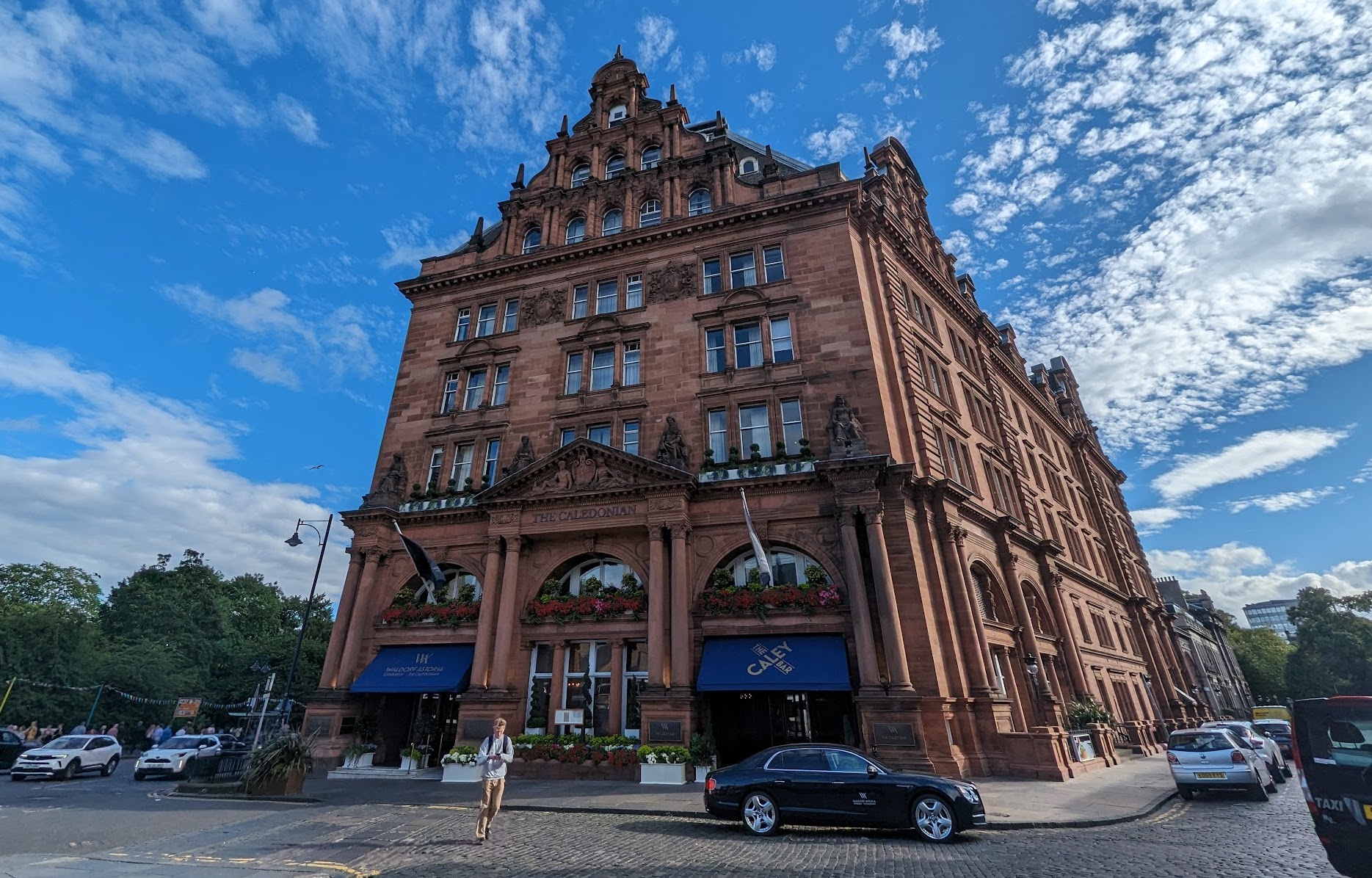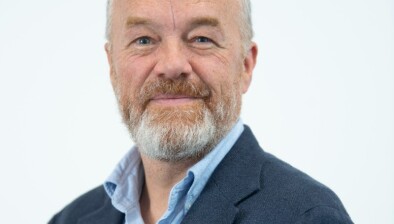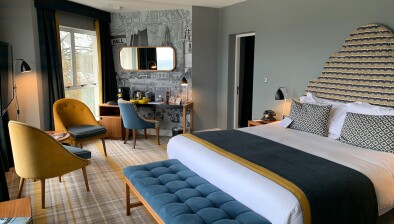RSM: Scotland’s hoteliers face further squeeze on profits as staff costs bite

The Caledonian Hotel, Edinburgh (credit: George Iordanov-Nalbantov)
April’s increased employer costs continued to bite for Scotland’s hoteliers in May, according to RSM’s Hotels Tracker, as room rates increased but profits fell.
The data, which is compiled and produced by Hotstats and analysed by RSM UK, shows average daily rates (ADR) of occupied rooms in Scotland increased from £155.27 to £156.04 in May year-on-year, as hoteliers made up for lost profits in the face of employer’s national insurance and minimum wage increases. This was in contrast with the UK ADR, which fell from £152.93 to £149.08 during the same period.
Scotland’s occupancy rates decreased year-on-year, from 84.4% in May 2024 to 81.9% in May 2025. This was still higher than the UK rates, which saw a slight drop from 79.9% in May 2024 to 79.4% in May 2025. This meant gross operating profits took a hit year-on-year, falling from 43.9% to 41.9% in Scotland, and from 39.1% to 37.0% in the UK.
Stuart McCallum, partner and head of consumer markets in Scotland at RSM UK, said: “Scotland’s hotels are now facing the impact of April’s employer cost rises and price pressures, and profits have continued their downward trend in May, alongside the wider UK market.
“With occupancy also falling in May, there is slight concern among hoteliers around how much it can rise again in the coming months. As living costs increase, Scotland’s hoteliers face the challenge of encouraging customers to hotels, and we may be reaching the ceiling in terms of what they are prepared to pay in the current economic climate. Scotland’s international tourism may also struggle, as US tourists aren’t travelling here as much as in previous years. Scotland’s economy relies heavily on these tourists to spend significant sums on luxury goods, dining out and experiences. Hoteliers will need to continue investing in their facilities to attract footfall, and also consider diversifying to attract wider overseas markets, otherwise it will become more challenging to increase occupancy levels and therefore profits.”
The data also showed hotels appear to be spending more on IT systems, with a 17.6% increase in Scotland over the past three years, and a UK-wide increase of 21% over the same period.

Stuart McCallum
Mr McCallum added: “It’s clear hoteliers will need to find ways to improve efficiencies to boost profits, and investment in technology is already supporting this, particularly in the budget hotel market.
“At the premium end of the market though, people are willing to pay high rates for a high level of personal service, and this is unlikely to change any time soon.
“There are some positives ahead too for Scotland’s hotels, and with better weather as festival season approaches, international tourism could see an uptick. With recent investment into Edinburgh and Glasgow airports, both now operating under new ownership, new flights into Scotland could help to increase the marketability of Scotland, and hotels could soon see a rise in footfall as a result.”





